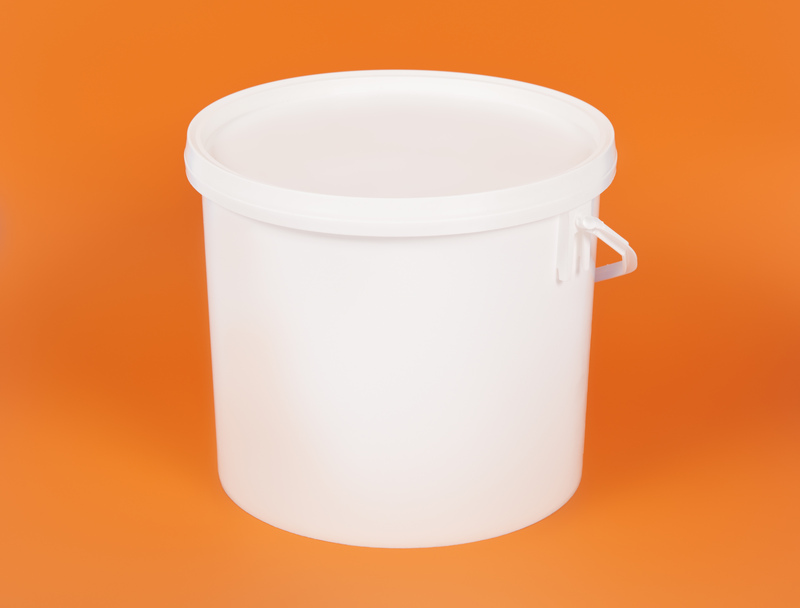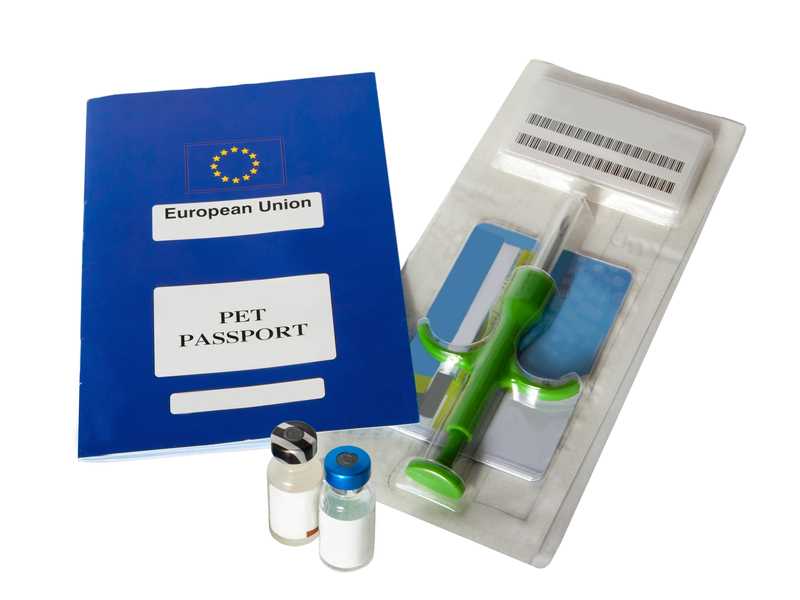Why DIY Piano Moves Usually End in Regret and How to Do It Safely
Pianos are not only beautiful and valuable musical instruments, but also treasures that often hold sentimental and financial significance. When it comes time to move, whether to a new home or simply another room, it can be tempting to save money by opting for a do-it-yourself piano move. However, this decision can often lead to unforeseen complications, injuries, and even costly damage. In this comprehensive guide, we'll explore why DIY piano moves usually end in regret and provide essential advice on how to safely move a piano, ensuring you and your instrument remain unharmed.

Understanding the Complexity of Piano Moves
Why Pianos Are So Difficult to Move
Pianos, whether upright or grand, are among the most challenging household items to relocate. Here's why:
- Weight and Size: Even small upright pianos can weigh over 300 pounds, while grand pianos can tip the scales at 1,200 pounds or more.
- Delicate Construction: Pianos contain thousands of moving parts, many of which are finely tuned and incredibly sensitive to bumps and jostling.
- Awkward Shape: A piano's center of gravity is uneven and the shape makes it tricky to grasp or roll through narrow passages.
- High Value: Many pianos are expensive or even irreplaceable; damage can significantly impact both function and value.
These factors mean that moving a piano isn't just about muscle - it's about know-how, specialized equipment, and careful planning.
Common Mistakes in DIY Piano Moving
DIY piano transport is rife with pitfalls. Here's what often goes wrong:
- Poor Preparation: Failing to measure doorways or stairwells, or to plan your route leads to stressful surprises mid-move.
- Improper Lifting Techniques: Lifting a piano incorrectly can cause serious back, neck, and muscle injuries.
- Insufficient Equipment: Attempting the move without piano dollies, moving straps, or padding increases the likelihood of damage.
- Lack of Personnel: Moving a piano with too few hands can make it impossible to control the instrument safely.
- Underestimating Obstacles: Tight corners, stairs, uneven surfaces, and door thresholds can cause disaster if not considered.
Real Regrets: What Can Go Wrong in a DIY Piano Move?
Many homeowners who take on the task themselves quickly wish they'd hired professionals. Here are some common stories of what can go awry:
Physical Harm
- Injuries: The most frequent outcome of a botched piano move is personal injury. Backs are strained, feet get crushed, and fingers are smashed, sometimes resulting in ER visits.
- Loss of Control: A piano that tips or begins to slide on a stairwell is nearly impossible to stop, putting all helpers at risk.
Severe Instrument Damage
- Broken Legs, Pedals, and Keys: Pianos are incredibly fragile; a single bump can ruin legs, pedals, or cause keys to stick or break.
- Internal Damage: Jarring or dropping a piano, even slightly, can destroy the intricate mechanisms inside. Repairs often cost more than the price of professional movers.
Property Damage
- Scratched Floors and Walls: Without proper protection, both your piano and home will bear the scars of a rough move.
- Stairwell and Doorway Damage: Narrow passages pose hazards for both instrument and property.
Regret - The Emotional Toll
- Family Heirlooms Lost: Many pianos hold years of memories. The regret of ruining a cherished instrument is hard to forget.
- Financial Loss: Damaged pianos often cost thousands to replace or repair; insurance may not cover DIY mishaps.
How Professionals Move Pianos Safely
Experienced piano movers have the training, tools, and techniques to ensure a safe move. Here's how they do it:
Specialized Equipment
- Piano Dollies: Heavy-duty, rubber-wheeled dollies make moving on flat surfaces smooth and safe.
- Makeshift Ramps: For stairs or uneven ground, ramps are constructed to minimize lifting.
- Moving Pads and Straps: Thick padding and secure straps keep the piano and your property protected from bumps and scuffs.
- Piano Boards for Grand Pianos: Grand pianos are safely laid on specially designed boards for stable transport.
Careful Planning
- Route Mapping: Movers measure all entryways, hallways, and obstacles to anticipate challenges.
- Team Coordination: Clear communication and assigned roles ensure everyone moves in unison.
- Weather Considerations: Rain, snow, and humidity are factored in to prevent slips and protect the instrument.
Insurance and Peace of Mind
- Liability Coverage: Professional companies carry insurance against unexpected damage or injury.
- Experience: A trained eye can spot dangers before they arise, ensuring a move free from regret.
How to Move a Piano Safely: Expert Tips
If you're determined to attempt a piano move on your own, preparation and caution are your best allies. Here's an expert step-by-step guide to help you move your piano safely and reduce the risk of regret:
1. Assemble the Right Team
You'll need at least three strong, able-bodied helpers for an upright piano; more for a grand.
- Communicate: Assign clear roles and have everyone understand the plan before you start.
- Dress Properly: Wear non-slip footwear and gloves for better grip and protection.
2. Tools and Materials You Need
- Piano Dolly: Rent from a moving supply store; make sure it's rated for your piano's weight.
- Piano Board (for grands): This lets you safely tilt and move the instrument.
- Moving Blankets & Padding: Prevents scratches and absorbs shocks.
- Heavy-Duty Straps: Essential for stabilizing the piano on the dolly.
- Plastic Wrap: To secure the covering and protect the finish from dust and moisture.
3. Prepare the Piano
- Close and Lock the Lid: This prevents the keys from being damaged during transit.
- Secure Moving Parts: Wrap pedals and other protruding pieces to ensure nothing gets snagged.
- Cover Entirely: Use blankets and plastic wrap to shield from bumps and weather.
4. Map Out Your Route
- Measure Everything: Doorways, stairs, hallways--make sure your piano will fit through every turn and threshold.
- Clear Obstacles: Remove rugs, doors, furniture, and anything else that could block your path.
- Plan for Stairs: If stairs are involved, consider hiring professionals; most accidents happen here.
5. The Move Itself
- Lifting Safely: Always lift with your legs, not your back. Use straps to help distribute the weight.
- Keep the Piano Upright: Tilting a piano too far or laying it on its side can damage the internal structure.
- Move Slowly and Communicate: One person should call out commands; everyone moves together without rushing.
- Protect Your Home: Lay down cardboard or padding in high-traffic areas to prevent damage.
- Don't Rush: Take breaks if necessary--fatigue increases risk of mistakes and accidents.
6. After the Move
- Inspect the Piano: Check for damage, both inside and out.
- Tune the Piano: Even the best move will likely knock the piano out of tune; plan for a professional tuning session as soon as possible.
- Let It Acclimate: Pianos need to adjust to new humidity and temperature levels--wait a few weeks before tuning.
When to Call the Professionals
While the above steps maximize safety for a DIY move, some scenarios simply require experts:
- Stairs or Multi-Story Moves: If the piano must be lifted, tilted, or lowered down a flight of stairs, hire pros.
- Grand Pianos: Their size, fragility, and value make them too risky for most amateurs.
- Complex Routes: Narrow spaces, tight turns, or lack of elevator access demand experienced hands.
- Unusual Weather: If conditions are wet, icy, or humid, protect both the movers and the instrument by bringing in experts.

Piano Moving FAQs
Can I move a piano by myself?
No, moving a piano alone is dangerous and highly discouraged. Always enlist several strong helpers and use proper equipment.
How much does it cost to move a piano professionally?
Professional piano moving costs vary depending on type, distance, and complexity, but usually range from $150 to $500 for local moves--small compared to the cost of repairs or injury.
How do I protect my floors and walls?
Lay down cardboard, blankets, or plastic runners along your moving route. Ask helpers to watch for wall corners and door frames as you move.
What if I must store my piano?
Always choose climate-controlled storage, as pianos are sensitive to humidity and temperature fluctuations. Do not store upright on its side or with weight on the keys or pedals.
Conclusion: Make Your Piano Move a Regret-Free Success
Attempting a DIY piano move might seem like a cost-saving venture, but for most people, the risks and potential regrets far outweigh the benefits. From the physical danger to both people and instrument, to the possibility of expensive repairs or irretrievable loss, most DIY piano moves do not end as planned.
If you are adamant about doing it yourself, ensure you are prepared and follow the expert tips outlined above. Invest in the right equipment, assemble a capable team, and, most importantly, know your limits. When in doubt, hire professional piano movers--the peace of mind and protection for your instrument are worth the investment.
Moving your piano safely is a blend of careful planning, the right tools, teamwork, and respect for the instrument's complexity. Approach the task with caution, and you can avoid the all-too-common regrets of a DIY piano move gone wrong.



